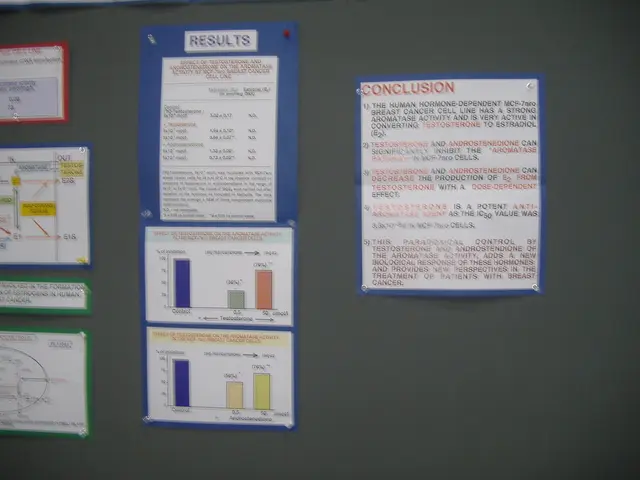The Reliability of Polygraph Test Results
Polygraph tests, often referred to as lie detector tests, have been a subject of debate for many years. These tests, which measure physiological responses such as pulse, blood pressure, breathing, and skin conductivity, are used in various contexts, including hiring for high-trust roles and criminal investigations.
Despite their controversy, polygraph tests have proven useful in resolving crimes, particularly in situations where other methodologies have failed. However, it's essential to understand that polygraphs do not directly detect lies; instead, they measure physiological changes that may suggest deception. These indicators are indirect and can be influenced by numerous non-deceptive factors.
The accuracy of polygraph tests is probabilistic and context-dependent. Several factors significantly impact their accuracy, including the examiner's skill and experience, test environment, questioning technique, subject factors, equipment used, and statistical interpretation.
In optimal conditions with expert examiners, the American Polygraph Association claims accuracy can reach as high as 95%-98%. However, independent sources and legal contexts often suggest a more cautious estimate of around 80%-90% accuracy. Due to these limitations, most courts do not admit polygraph results as conclusive evidence.
Key factors affecting polygraph accuracy include the examiner's skill and experience, test environment, questioning technique, subject factors, equipment used, and statistical interpretation. A well-trained examiner following a proven, structured framework can improve accuracy significantly. Proper question formulation and interpretation of physiological data are crucial.
A calm, controlled testing environment reduces interference and stress that might cause false indicators. Properly worded questions, especially relevant, control, and irrelevant questions designed to identify deception patterns, influence accuracy. The examinee’s emotional state, medical conditions, nervousness, or attempts to manipulate the test can also affect results.
Modern machines with advanced algorithms, such as the Lafayette OSS-3, enhance accuracy by better analyzing physiological signals. The use of statistical methods such as Bayesian scoring and setting appropriate cut-scores helps estimate the probabilistic strength of deception detection.
Polygraph tests include a pretest phase to explain the test to the subject and review each question. They also include Guilty Knowledge Tests (GKTs), which involve building multiple-choice tests pertaining to knowledge that only a guilty subject could possess.
While imperfect, polygraphs are significantly better than chance at deception detection. The American Polygraph Association asserts that polygraphs can maintain accuracy levels over 90% provided the testing is conducted by trained professionals. Private polygraphs may be used in defense strategies, despite their contested evidentiary value, in some jurisdictions.
Polygraph testing is not meant to replace other parts of the evaluation process but serves as a valuable supplemental exam due to its accuracy rate above 90%. Despite continued advancements in technology and the study of human physiology, polygraph examination is unlikely to become obsolete anytime soon. However, the scientific consensus regarding the overall accuracy of polygraph testing remains largely unsettled due to the variables that surround each test and application. It's crucial to interpret polygraph results carefully alongside other evidence.
- The scientific advancements in technology, such as the use of machines like the Lafayette OSS-3 with sophisticated algorithms, aim to enhance the accuracy of polygraph tests in deception detection.
- In the criminal justice system, polygraph tests, amidst their controversial nature, are valued for their usefulness in resolving crimes and providing supplemental evidence, given the right testing conditions and skilled examiners, even though their overall accuracy remains a subject of ongoing scientific debate.




